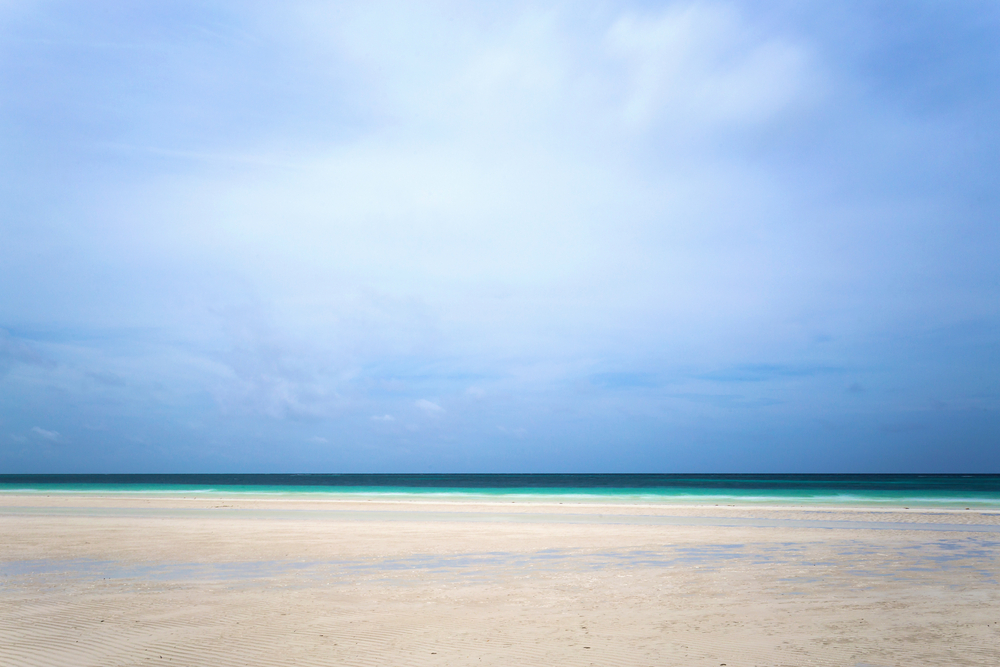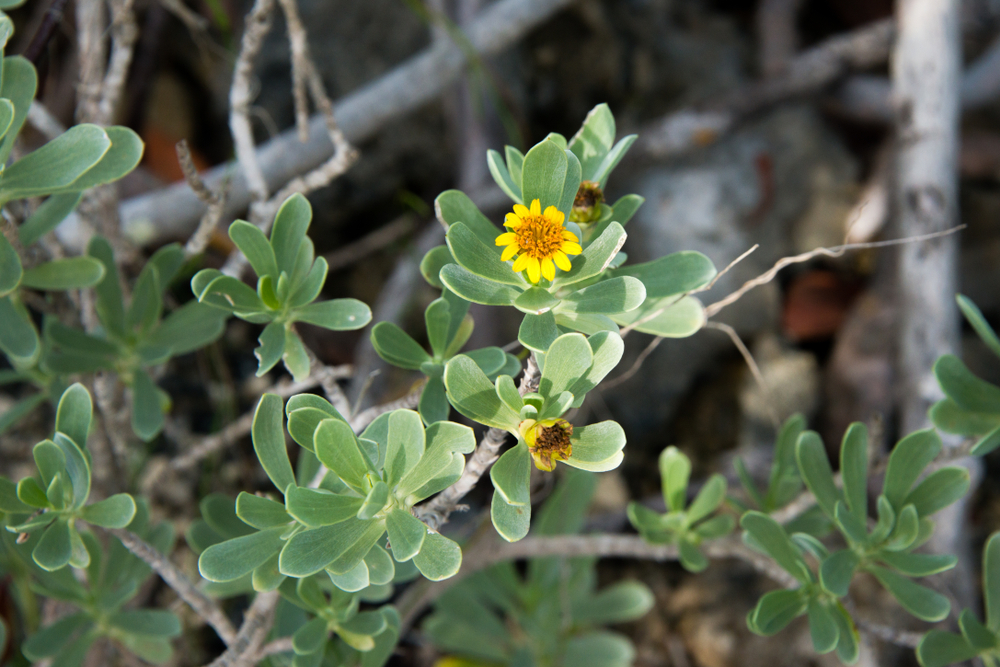Lucayan Overview
Lucayan National Park, locally known as Parque Nacional Lucayan, is located on the southern shore of Grand Bahama Island in the Bahamas. It covers an area of 40 acres (approximately 0.06 square miles or 0.16 square kilometers), making it one of the smaller but highly significant national parks in the Bahamas. Established in 1982, the park is renowned for its unique blend of ecosystems, extensive cave systems, and historical importance.
The landscape of Lucayan National Park is incredibly diverse, with pine forests, mangroves, beaches, and underwater caves all within a compact area. One of the park’s key attractions is its underwater cave system, which is one of the largest in the world. The caves have significant archaeological importance, as they contain remnants of the ancient Lucayan people who once inhabited the island. The park’s beaches, such as the pristine Gold Rock Beach, are equally famous for their unspoiled beauty and calm waters.
Vegetation in Lucayan National Park ranges from dense Caribbean pine forests inland to coastal mangrove ecosystems near the water. The pine forests support a variety of plant species such as saw palmetto, wild guava, and gumbo limbo, while the mangroves provide a vital habitat for juvenile marine species, helping to maintain the ecological balance of the coastal areas.
The wildlife in Lucayan National Park is as diverse as its landscape. The park is home to several bird species, including the Bahama swallow, blue-gray gnatcatcher, and various waterfowl that inhabit the mangrove areas. The caves are also inhabited by unique bat species, adding to the park’s biodiversity. In the waters surrounding the park, visitors might encounter marine life such as stingrays, fish, and crabs, making the park a haven for both terrestrial and aquatic species.
Lucayan National Park is not only a sanctuary for wildlife but also a site of historical and ecological significance, offering visitors a rare blend of natural beauty and cultural heritage.
Park Map
Lucayan National Park Highlights
Engaging Lucayan National Park
Related National Parks More Bahamas
Sources
- Bahamas National Trust, Lucayan National Park, https://bnt.bs/explore/grand-bahama/lucayan-national-park/, retrieved August 2024.
- Bahams, Lucayan National Park, https://www.bahamas.com/plan-your-trip/things-to-do/lucayan-national-park, retrieved August 2024.
- Lonely Planet, Lucayan National Park, https://www.lonelyplanet.com/the-bahamas/grand-bahama/attractions/lucayan-national-park/a/poi-sig/1008805/358169, retrieved August 2024.
- Viator, Lucayan National Park, https://www.viator.com/Freeport-attractions/Lucayan-National-Park/overview/d419-a1698, retrieved August 2024.
- Wikipedia, Lucayan National Park, https://en.wikipedia.org/wiki/Lucayan_National_Park, retrieved August 2024.













































































